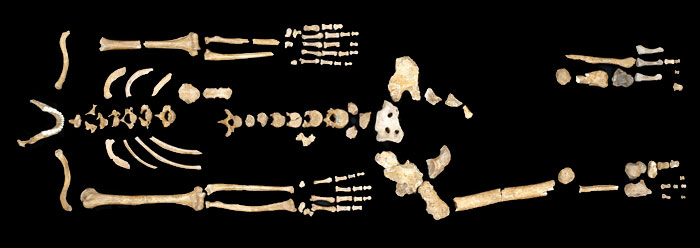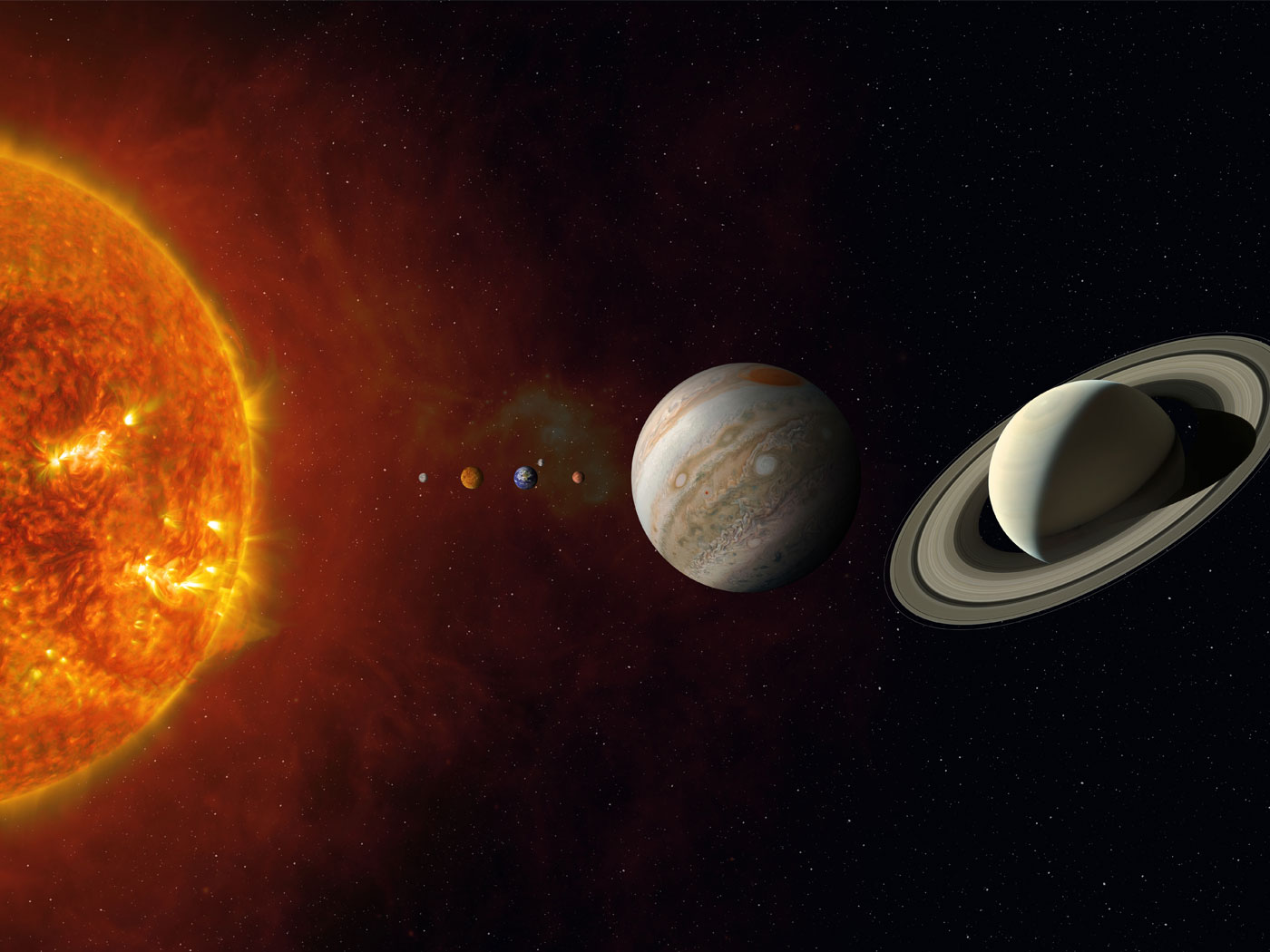Their DNA is essentially human, and people all over the world today carry many of the same gene variants found in Denisovans. ![]()
So why are Denisovans, Neanderthals, and their DNA constantly in the news, other than the fact the researchers in this popular academic niche need to keep bringing home a paycheck? For one thing, the mere presence of these enigmatic ancient humans further complicates the convoluted and wildly speculative field of so-called recent human evolution—giving researchers in the field an ongoing quagmire to untangle. The fuzzy phrase “recent human evolution” refers to the past million years, give or take a few hundred thousand.
Secular scientists think Africa was the cradle of human evolution. So they hypothesize that Homo erectus (early ancient humans) migrated out of Africa in multiple waves, followed by multiple waves of anatomically modern humans. All were basically human and their fragmentary skeletal remains are well within the range of variation found in modern humans. In fact, the supposedly oldest ancestor of human migration (Homo erectus), has been associated with complex tool construction, the use of fire, and their remains have been found in remote oceanic island locations in South Asia only accessible by boat.1,2 And the alleged periods of existence for Homo erectus, according to the evolutionists’ own dating methods, overlap with both anatomically modern humans and Neanderthal humans.
Homo erectus supposedly migrated out of Africa about one million years ago. About 500,000 years later, the ancient human ancestor of Neanderthals and Denisovans is claimed to have made the same migration. Then, according to this legend, anatomically modern humans migrated about 120,000 years ago and traveled to Europe and Asia, where they interbred with Neanderthals and Denisovans already living there.
New research confirms the results of previous studies showing that Denisovan-based regions of the genome are common in Asian people groups and that they interbred with modern humans.3 Interestingly, the largest proportion of Denisovan DNA in the human genome was found in people from the remote islands of Papua New Guinea, a long way from the Denisovan cave in Siberia. Amazingly, these island people also had a healthy dose of Neanderthal DNA. No good evolutionary reason for this anomaly was offered.
According to the data, all humans belong to the same genetic group. ![]()
According to the data, all humans belong to the same genetic group. This agrees perfectly with the biblical view and agrees with other studies which show that the current status of the human genome can be no more than 5,000 years.4-6 After the global Genesis Flood about 4,500 years ago, Noah’s three sons and their wives formed the basis for repopulating the planet. Their descendants led to the 70 people groups comprising the Table of Nations. As these peoples dispersed from the Mediterranean region across the world, they took their own variants of the human genome with them, establishing genetic lineages unique to their ancestral founding families along with variants of genes shared by other people groups. Thus, it’s not surprising that evolutionists cannot make any sense of this genetic data with their errant timeline and convoluted Out-of-Africa dispersal model.
References
- Lubenow, M. 2004. Bones of Contention. Grand Rapid, MI: Baker Books.
- Browning, S. R. et al. 2018. Analysis of Human Sequence Data Reveals Two Pulses of Archaic Denisovan Admixture. Cell. 173 (1): 53-61. doi.org/10.1016/j.cell.2018.02.031.
- Tomkins, J. Genetics Research Confirms Biblical Timeline. Creation Science Update. Posted on ICR.org January 9, 2013, accessed March 19, 2018.
- Tomkins, J. Human DNA Variation Linked to Biblical Event Timeline. Creation Science Update. Posted on ICR.org July 23, 2012, accessed March 19, 2018.
- Tomkins, J. 2014. Genetic Entropy Points to a Young Creation. Acts & Facts. 43 (11): 16.
*Dr. Jeffrey Tomkins is Director of Life Sciences at the Institute for Creation Research and earned his Ph.D. in genetics from Clemson University.

























